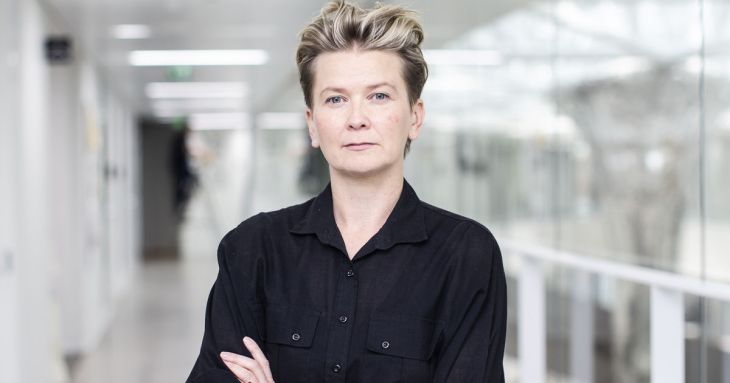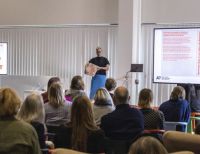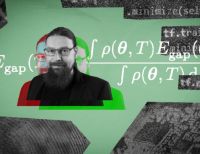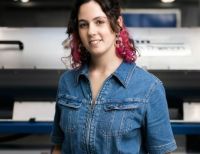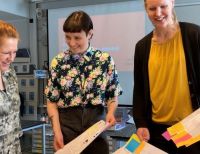What questions are topical in your field right now?
‘This certainly has to be answered with questions related to artificial intelligence, AI, as they are on everyone's minds – in our industry especially the image makers’, whose work is seemingly easy to be replaced with AI generated images. However, it's not that simple, because AI creates new images by learning from existing human-made images. Alongside the results of the designers' work, I always consider the organising of the work itself, the conditions and the structures to be equally important, and AI is also a source of concern in this respect, because there is a lot of human work behind it that remains invisible if we do not look more closely at the structures. More broadly, I think that the current state of AI shows what it is not yet capable of. It is not able to reflect on the probabilities with which the human body's senses and cognitive skills encounter and experience each visual message, nor on the perspectives and biases that are always inevitably present in the transmission of messages, for example in the visualisation of information.’
What are your expectations for the future?
‘I expect that awareness of the potential of visual form, of so-called multimodality and the related knowledge and skills of visual communication designers will become more widespread. I would hope that this would be reflected in the fact that communication designers are seen in specialist work almost anywhere, not just in agencies established for the purpose – although, of course, also these are important because they are often where visual phenomena are taken forward in the most interesting ways. Admittedly, there are certainly communication design tasks that are easy and practical to automate. However, the way in which the collaboration between text and image and the visualisation of text can influence, for example, the argumentation and accessibility of messages is becoming so contextual and, I would say human, that these experts are increasingly needed. The amount of data and information will not decrease, but will continue to grow.’
Why should one study the field?
‘For the same reasons I outlined above. Although communication often takes place through media, in many cases human-to-human communication will continue to require the involvement of human bodies between sender and receiver as well.
Visual communication occurs in almost all areas of life, so there are countless possibilities for orientation. It is possible to be involved in the visualisation of information either in academic communities, in public administration or in journalism, and either from the perspective of databases or storytelling. It is possible to focus on a narrow area of expertise, such as letterforming or illustration, or to be involved in building large and multidisciplinary systems of communication and identities, for example at the level of institutions, cities or even the state. It is possible to focus from print culture to sophisticated online publishing, or just on the moving image. One can be involved in visualising projects within grassroots activism, or in influencing large-scale structures at institutional level. One can focus on communication, arts, entertainment, or shuttle between them. Because of the diversity of opportunities, the sector also needs a wide range of people from a variety of backgrounds, with a wide range of experience.’
What else are you interested in?
"Oh, too many things interest me in this field of design, communication and academia in which I am adventuring. Lately, I have been thinking in particular about publishing as both a concept and an activity. My own work straddles the line between artistic publishing and publishing linked to an academic institution. With the very recent crackdown on the publication of printed books in the School of Art, Design and Architecture, I feel it is my mission to think about all the ways in which communities, makers, practitioners and works that flourish in the fields of art, design and architecture can be brought to the fore so that they are literally published – brought into the public arena, not just seen within a closed academic circle.’

